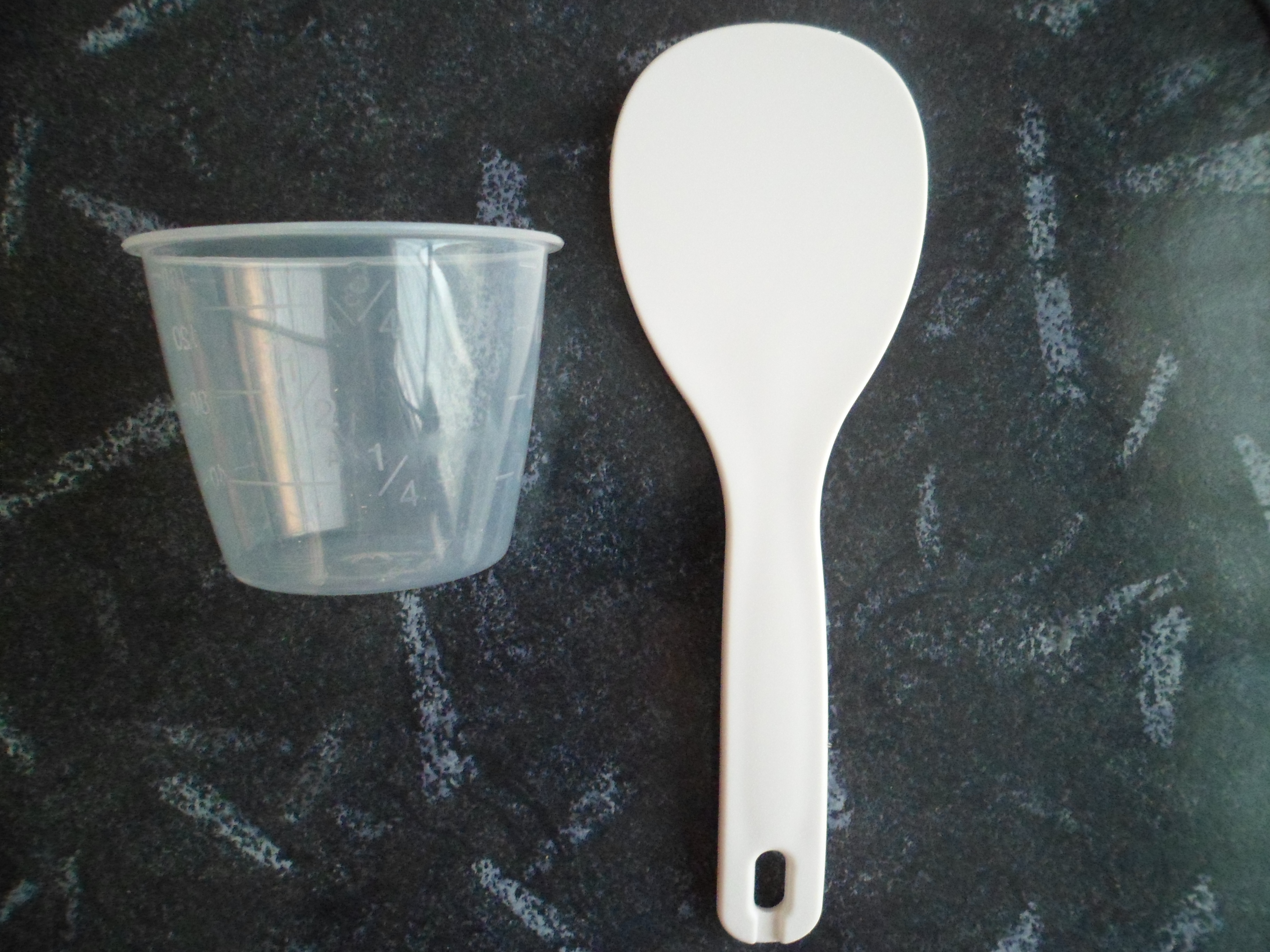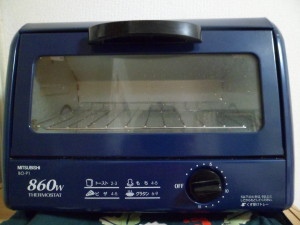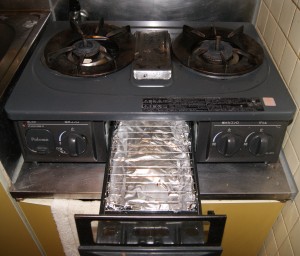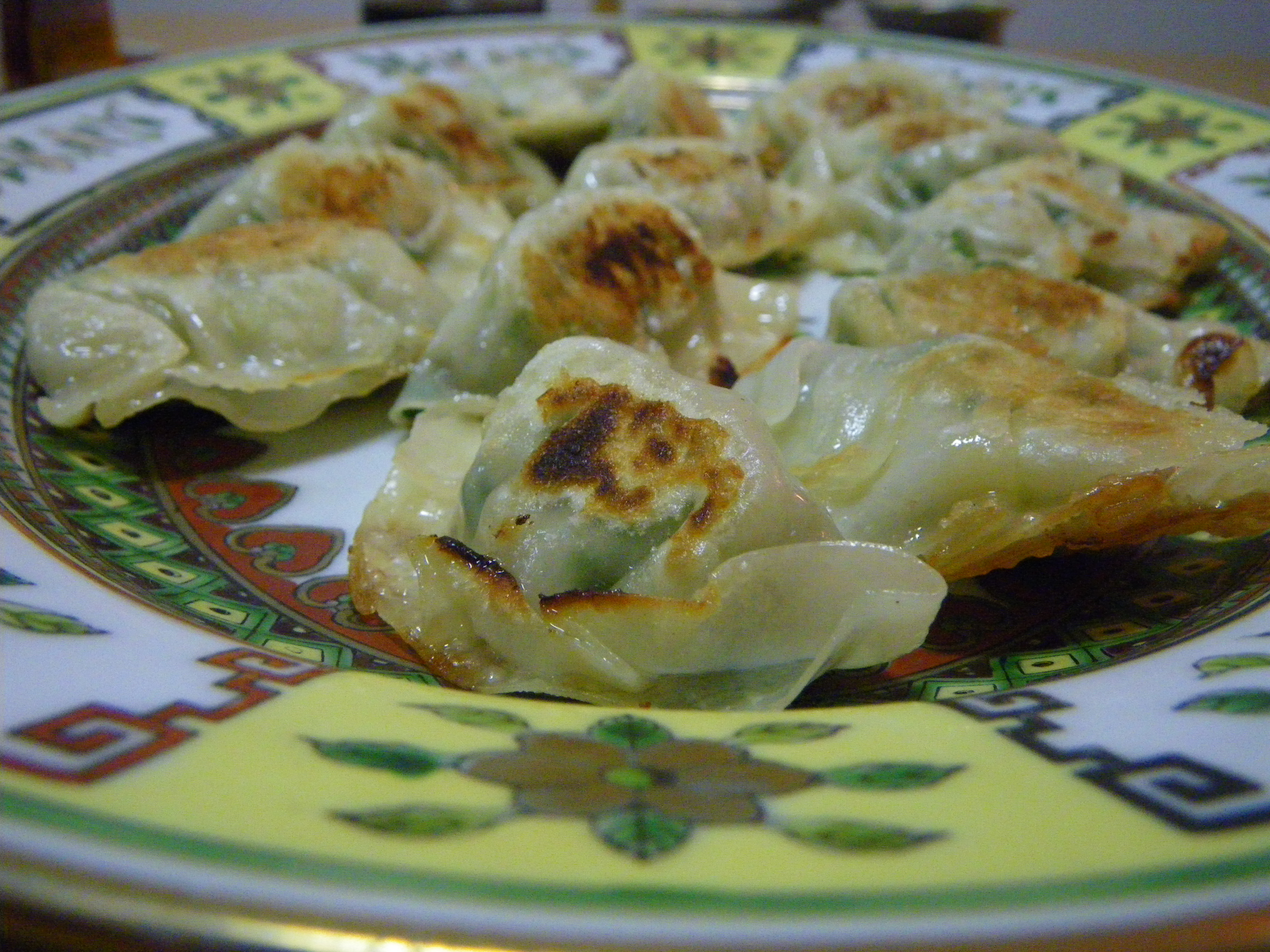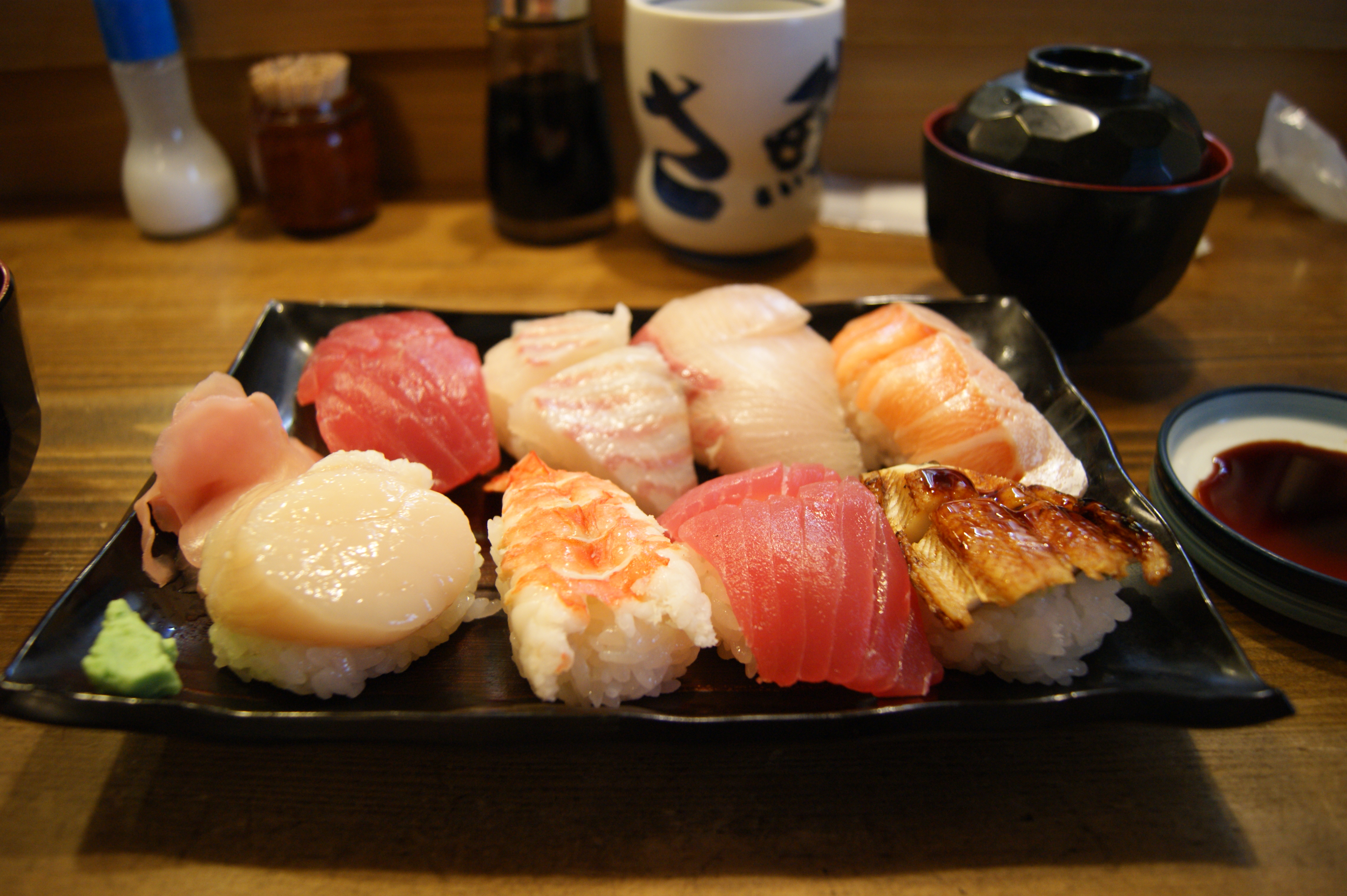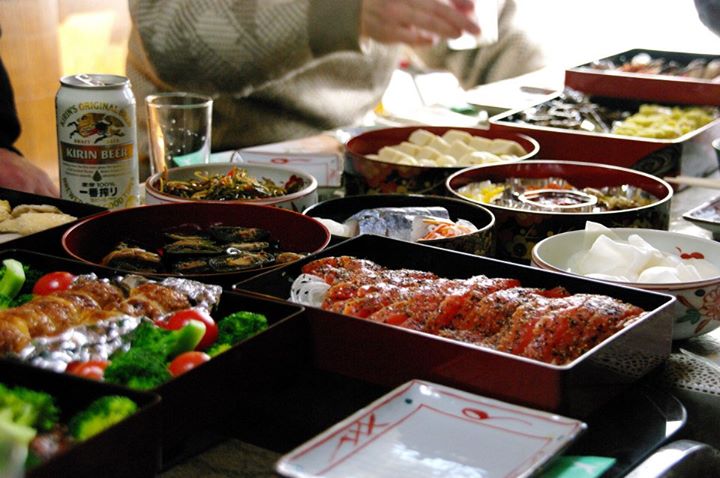Kicchiri Kitchen: Getting to Know Your Japanese Kitchen
Around this time last year I tumbled into my new Japanese home, took my shoes off, and walked past the toilet, shower, and kitchen into my bedroom/living area in a matter of footsteps. I’m 5’2†and I am not exaggerating when I tell you that in the unit of strides my flat is 10 by 4 so you can imagine the box I live in. The kitchen is just one stride by half a stride. I’m not telling you this to get your sympathy, but to show you that size does not matter…
I’ve been around my fair share of kitchens in the past year so I think I can cover most of what you’ll be dealing with. I’m going to invite you into my home and share the delights of how to cook in a compact capsule and then delve into Char’s high-rise apartment for those lucky enough to have a dance-floor-sized kitchen.
So if you’re a keen (novice) cook like myself and want to fully take advantage of your new kitchen, whatever size, shape or added extras then let’s get cooking!
Rice Cooker
My rice cooker is a simple model and cashed in at around 4000\ (though the crème de la crème of rice cookers go for as much as 100,000\!) so I have merely the basic functions:
1. メニュー, Menu/炊飯 (ã™ã„ã¯ã‚“, suihan) Cook – Press this button to choose the appropriate setting for whichever type of rice you want to cook from options 2-4 below. Press and relax, your rice will cook itself!
2. 白米 (ã¯ãã¾ã„), Hakumai – White rice.
3. æ—©ç‚Šã (ã¯ã‚„ã ã), Hayadaki – Fast Cooking
4. ãŠã‹ã‚†, Okayu- Rice porridge. My Chinese heritage allows me to fully appreciate this watery, porridgy goodness as a remedy for all sicknesses, but if you don’t want a wet bowl of mush, stay away from this button.
5. 予約 (よやã), Yoyaku – Reservation. This clever thing let’s you cook rice at a later time, in 1- hour increments.
6.ä¿æ¸©/å–り消 (ã»ãŠã‚“/ã—ã¨ã‚Šã‘ã—), Hoon/Torikeshii – Keep Your Rice Warm/Cancel
Your sophisticated model may have these extras on the menu:
æ—©ç‚Šã (ã¯ã‚„ã ã), Hayadaki- Fast Cooking
ç„¡æ´—ç±³ (ã‚€ã›ã‚“ã¾ã„), Musenmai- Pre-washed Rice
玄米 (ã’ã‚“ã¾ã„), Genmai- Brown Rice
Easy instructions for perfect rice
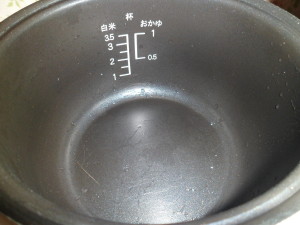 Use a rice cup and measure out your rice. I usually use 1/2 a cup per person.
Use a rice cup and measure out your rice. I usually use 1/2 a cup per person.- Wash the rice under cold water
- Put rice in the rice cooker bowl and fill with water to the appropriate line. (1 cup = line 1, 2 cups =line 2…)If you’re making rice porridge there is a separate scale.
- Shut the lid, press your preferred menu setting and wait 30-40 minutes.
- Once ready (Mine shows a “0†on the screen, yours might ping or beep), use the rice spatula and dish out your fluffy Japanese rice.
It may seem like a bit of a wait, but the rice comes out perfect every time, and it gives you plenty of time to cook the main part of your meal. You can also use the reservation function if you’re a really efficient chef!
Toaster oven
Ok this is quite self explanatory but I want to stress how useful this tiny grill is. The guidelines my toaster oven gives are for ã‚‚ã¡, a Japanese pounded, rice flour cake that can be grilled and eaten, usually around the New Year; ピザ, readymade pizza for those lazy days and グラタン, or gratin, a creamy rice mixture topped with lots of cheese and breadcrumbs. I make my toast (トースト) in mine in the morning and when I’m feeling homesick I roast potatoes or even make cottage pie. It really is a little wonder.
Â
Nabe pot
Get a nabe pot! Nabe is a kind of hot pot you fill with soup and gather your friends round to cook their own meats and veggies on a stove. But it’s not JUST the perfect sociable supper; I use it to make stews, soups, chilli – allsorts! It will keep you alive during those blistering winters and serve you well all year round.
Japanese stove
Whilst I do miss a proper oven for baking and roasting, the Japanese stove is a worthy replacement. Not only can you steam, simmer and sauté on the hob (and most importantly heat your Baked Beans for that little taste of home) but a good Japanese stove also includes a small grill. This narrow grill is ideal for cooking fish or vegetables and is a great healthy alternative to frying.
Almost all Japanese kitchens will come with the above equipment and if not, then invest early so you can make the most of your cooking time in Japan. If you’re lucky enough to have had a particularly keen cook as a predecessor, you may even inherit a combination microwave oven, the greatest kitchen luxury you’ll find in Japan. Admittedly you may have to scale down your cookie batch in order to fit it in, and you certainly shouldn’t be over confident and try and cook a roast for 14 people (guilty), but this whiz of a machine will make you popular for miles around for your ability to bake and roast in the winter months.
So now you are properly acquainted with your kitchen, prepare for next month, our first official cookery class of the new JET calendar, when we will be rustling up a delicious
Japanese sashimi rice bowl (kaisendon, 海鮮丼)!
